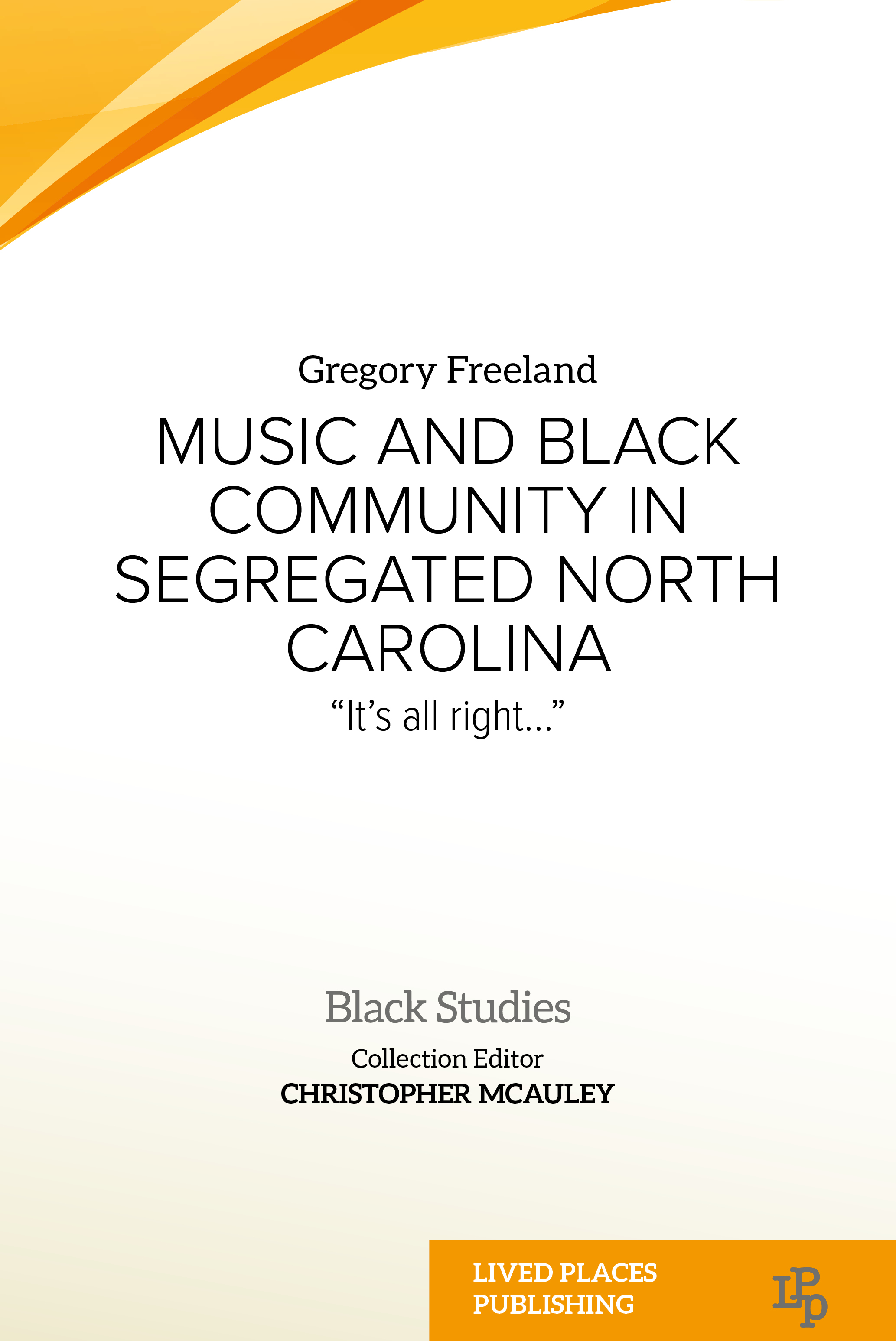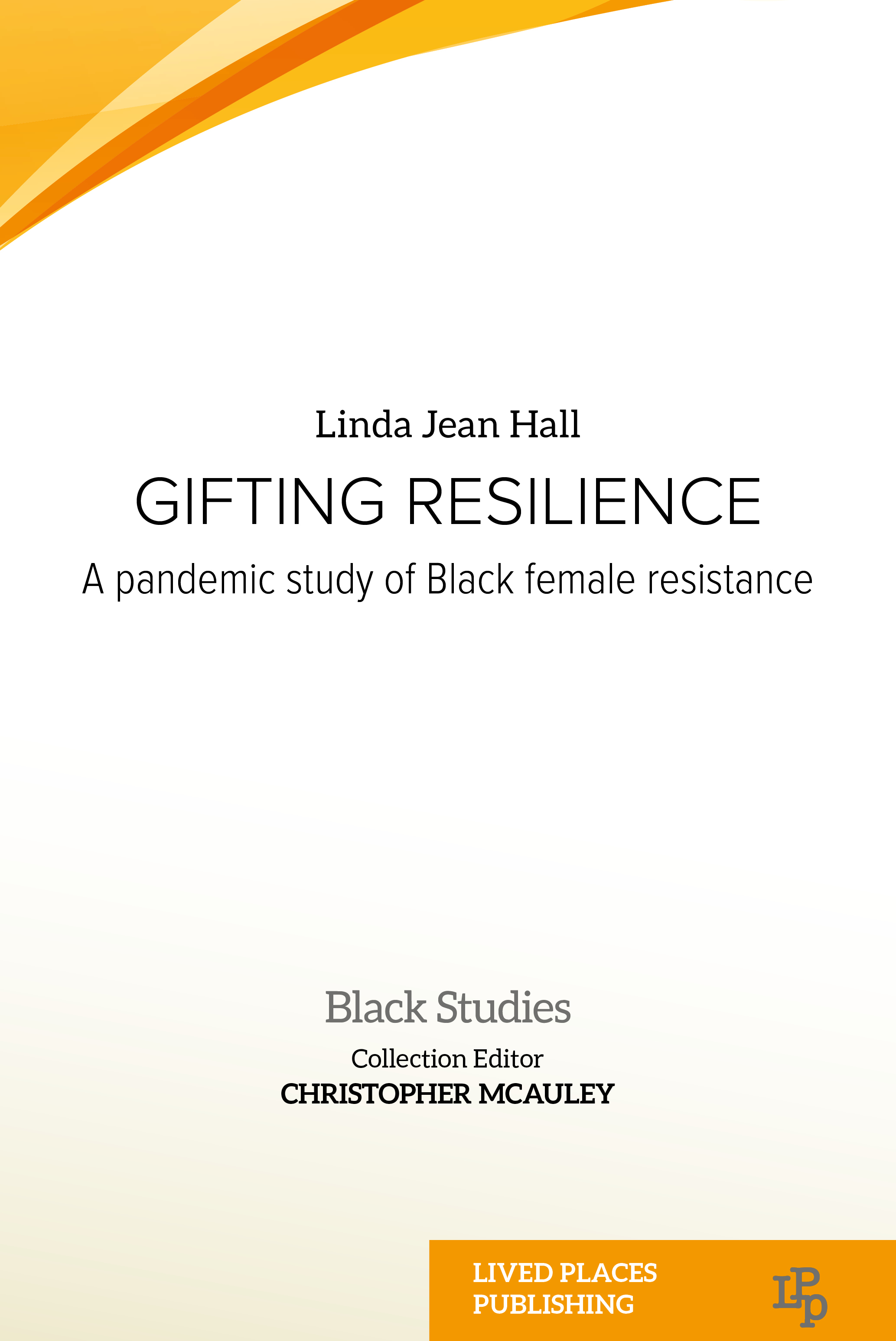By David Parker, Publisher and Co-Founder
I am old enough to remember a world where books had one price, and that was the price printed on the cover. In the pre-digital, print-only world, pricing was fairly straight forward. A publisher might have many versions of a book: paperback, hardcover, international edition, translated editions, etc. but the price on the cover was THE price. The arrival of the internet and ebooks changed everything.
Different markets, different readers, same book
Publishers categorize books very broadly: trade, fiction, education, reference, scholarly, professional, consumer, etc. Fairly often, a given book will have appeal across multiple markets. For example, a book with an education-market-first intention by the author may well find appeal amongst a general consumer readership interested in the topic. In the pre-digital era, the non-education sales were often viewed as a “bonus”, if they were understood at all. Especially savvy publishers might publish an alternate edition (alter the title, alter the cover design) for the consumer market and apply a different, consumer-market-friendly price. This logic and practice still holds today, but is complicated by the ubiquity of information (and purchase options) in a digital world.
Lived Places Publishing titles
We conceived of and launched Lived Places Publishing as a publisher of books for educational markets. But we did so knowing our titles would have significant appeal in the consumer and professional markets. I mean, who wouldn’t want to read Greg Freeland’s excellent LPP title: Music and Black Community in Segregated North Carolina: “It’s all right…”? The LPP approach to pricing acknowledges this mixed – or multi-channel market – demand for our books by setting two price points: a consumer, retail price, and an institutional, educational price.
Now it gets complicated, sort of!
As a publisher with a focus on the educational market, and with a focus on providing institution-wide access via sales to the university library, LPP must establish pricing that captures both a single, retail reader, and an institution-wide, unlimited-access group of readers which might number into the hundreds. This is where the arrival of the internet, ebooks, variable access and use rules (otherwise known as digital rights management), and third-party distribution platforms come into play. Put most simply, we the publisher can establish a list price based on our assumption about the reach of the distribution platform, e.g., amazon.com versus a proprietary academic library platform like Rialto from ProQuest.
Putting it all into pricing practice
At LPP we set a single user, perpetual access price for each of our titles that is sold through our website and through websites like amazon.com, Google Books, and Apple Books. This consumer, retail price is based on average pricing for similar books from publishers in our genre, that is education. The price is slightly higher for a print copy versus an ebook to account for paper, printing, and, shipping. The price we set for educational, institutional sales is much higher. This is an ebook only price and is based on perpetual ownership and unlimited access by members of the institution. That’s right, we sell a single book to an academic library for unlimited usage for the life of the title.
Our end goal
Our pricing is very much influenced by our priorities and our mission. At LPP we are committed to bringing the important stories of people and their experiences of identity at the intersection of place (think back to the title by Greg Freeland) in disciplinary and interdisciplinary collections. These concise books give teachers the real-life, messy, intersectional examples and case studies that bring to life the theories that are the foundation of their courses. So, in short, we set accessible and library-friendly price points to ensure access to every LPP book is within reach of every interested reader. Are you interested?
To find out more about institutional access to Lived Places Publishing collections, please contact us.
To submit a proposal and pitch to become a Lived Places author, please see our Call for Authors.
To stay connected with Lived Places Publishing, you can subscribe to our email list, to our channel on Medium, or to our Substack list.
Photo by Marco Kaufmann used under the Unsplash licence.






